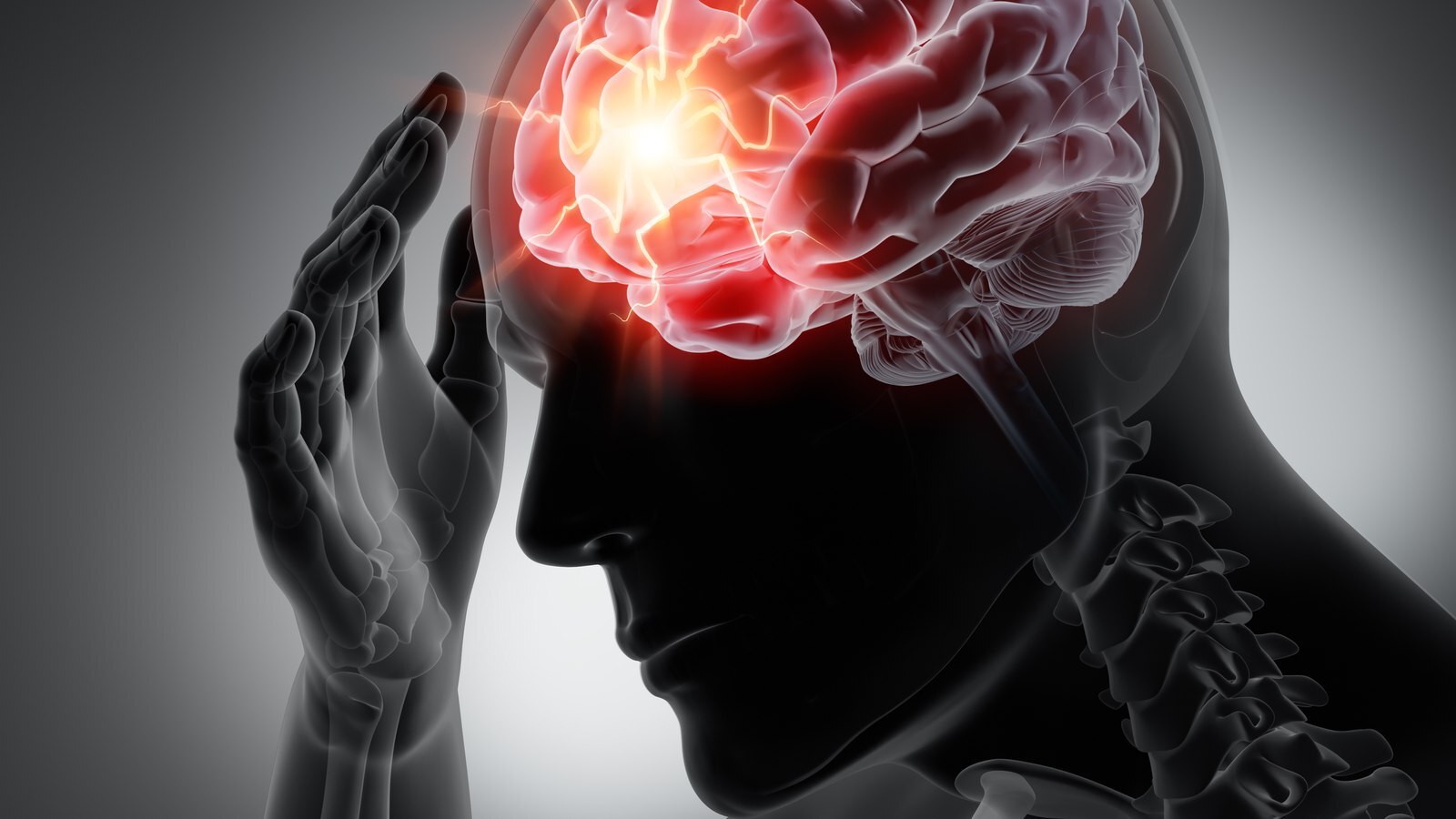
Did you know that brain injuries can happen to anyone, anywhere, at any time? These injuries are more common than you might think and can have serious consequences. From sports accidents to car crashes, brain injuries affect millions of people each year. Understanding the facts about brain injuries can help you recognize the signs, seek proper treatment, and support those who are recovering. In this post, we'll explore 28 crucial facts about brain injuries that everyone should know. Whether you're an athlete, a parent, or just someone who wants to stay informed, these facts will provide valuable insights into the world of brain health.
Key Takeaways:
- Brain injuries can happen from falls, car accidents, and sports. Look out for symptoms like headaches, memory loss, and mood changes. Treatment and support can help with recovery.
- Brain injuries can cause long-term problems with memory, movement, and emotions. It's important to get the right treatment and support for a better quality of life.
Understanding Brain Injuries
Brain injuries can be life-altering, affecting everything from memory to motor skills. Let's explore some key facts about these complex injuries.
-
Types of Brain Injuries: There are two main types: traumatic brain injuries (TBI) and acquired brain injuries (ABI). TBIs result from external forces like a blow to the head, while ABIs occur due to internal factors like strokes or tumors.
-
Concussions: A mild form of TBI, concussions often result from sports injuries or falls. Symptoms can include headaches, dizziness, and confusion.
-
Contusions: These are bruises on the brain tissue, usually caused by a direct impact to the head. They can lead to swelling and increased pressure within the skull.
-
Penetrating Injuries: When an object pierces the skull and enters the brain, it causes a penetrating injury. These are often the result of gunshots or sharp objects.
-
Diffuse Axonal Injury: This type of injury involves widespread damage to the brain's white matter, often caused by severe shaking or rotational forces.
Causes and Risk Factors
Understanding what leads to brain injuries can help in prevention and early intervention.
-
Falls: The leading cause of TBIs, especially among older adults and young children. Simple precautions like using handrails can reduce risk.
-
Motor Vehicle Accidents: Car crashes are a significant cause of TBIs. Wearing seat belts and following traffic laws can mitigate this risk.
-
Sports Injuries: Contact sports like football and boxing carry a high risk of brain injuries. Proper protective gear is essential.
-
Violence: Assaults, including domestic violence, can result in severe brain injuries. Awareness and intervention programs are crucial.
-
Explosive Blasts: Common in military settings, blasts can cause TBIs even without direct impact to the head.
Symptoms and Diagnosis
Recognizing the signs of a brain injury is vital for timely treatment.
-
Headaches: Persistent or severe headaches are a common symptom of brain injuries.
-
Memory Loss: Difficulty remembering recent events or new information can indicate a brain injury.
-
Confusion: Feeling disoriented or having trouble understanding conversations can be a sign.
-
Nausea and Vomiting: These symptoms often accompany more severe brain injuries.
-
Loss of Consciousness: Even a brief loss of consciousness can indicate a serious injury.
-
Mood Changes: Irritability, depression, or anxiety can result from brain injuries.
-
Sleep Disturbances: Difficulty falling asleep or staying asleep is common.
-
Seizures: Some brain injuries can lead to seizures, requiring immediate medical attention.
Treatment and Recovery
Effective treatment can significantly improve outcomes for those with brain injuries.
-
Rest: Initial treatment often involves rest to allow the brain to heal.
-
Medication: Pain relievers, anti-seizure drugs, and other medications can manage symptoms.
-
Surgery: In severe cases, surgery may be needed to remove clots or repair skull fractures.
-
Rehabilitation: Physical, occupational, and speech therapy can help regain lost skills.
-
Psychological Support: Counseling and support groups can aid emotional recovery.
-
Assistive Devices: Tools like walkers or communication aids can improve quality of life.
Long-term Effects
Brain injuries can have lasting impacts, even years after the initial injury.
-
Cognitive Impairment: Long-term issues with memory, attention, and problem-solving are common.
-
Physical Disabilities: Some may experience ongoing difficulties with movement or coordination.
-
Emotional Challenges: Depression, anxiety, and mood swings can persist.
-
Social Isolation: Difficulty maintaining relationships and social activities can occur.
Understanding Brain Injuries
Brain injuries are complex and can have lasting effects on a person's life. Knowing the facts about these injuries helps in recognizing symptoms, seeking timely treatment, and supporting those affected. From concussions to traumatic brain injuries (TBIs), each type has unique challenges and recovery paths. It's crucial to stay informed about prevention methods, such as wearing helmets and seat belts, to reduce the risk of injury.
Awareness and education play significant roles in improving outcomes for individuals with brain injuries. By spreading knowledge, we can foster a supportive environment for recovery and rehabilitation. Remember, early intervention can make a big difference in the long-term prognosis. Stay vigilant, stay informed, and support those who need it. Brain health is vital, and understanding these injuries is a step toward better care and prevention.
Frequently Asked Questions
Was this page helpful?
Our commitment to delivering trustworthy and engaging content is at the heart of what we do. Each fact on our site is contributed by real users like you, bringing a wealth of diverse insights and information. To ensure the highest standards of accuracy and reliability, our dedicated editors meticulously review each submission. This process guarantees that the facts we share are not only fascinating but also credible. Trust in our commitment to quality and authenticity as you explore and learn with us.
